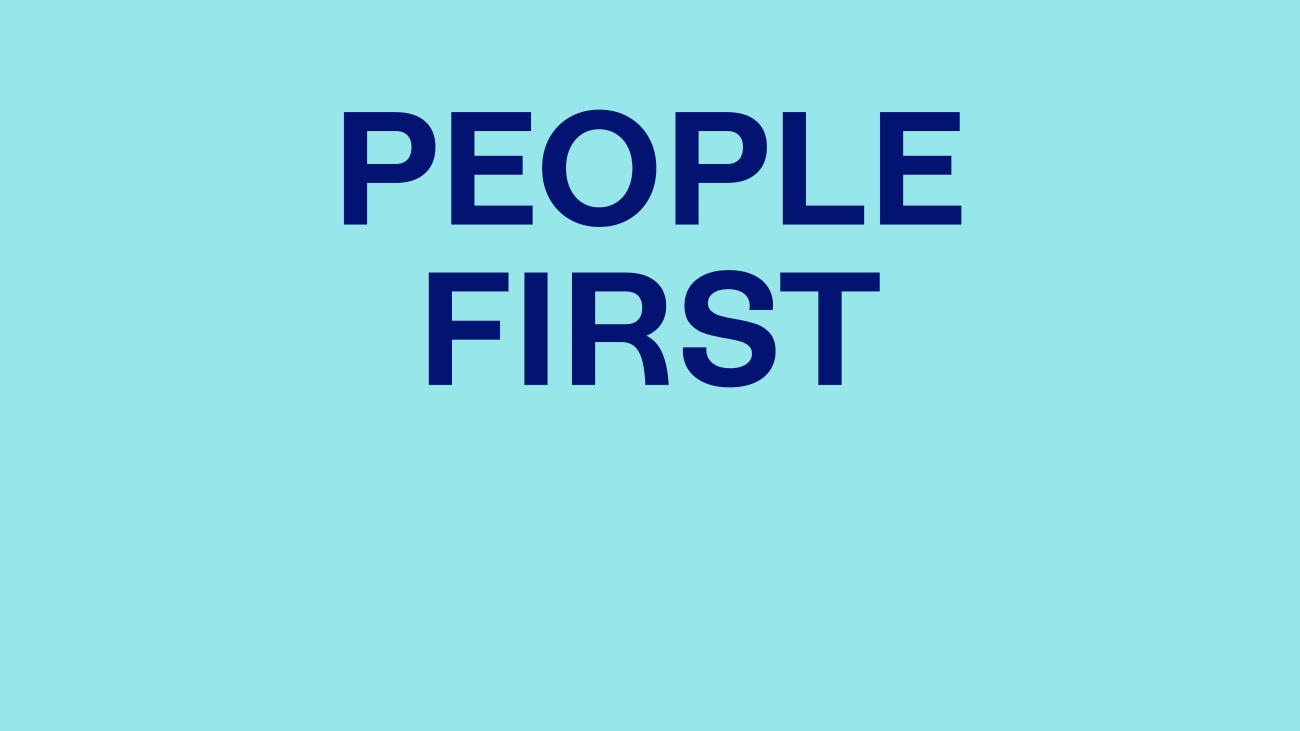As a journalist, I have spent many years working in newsrooms and the field, affording me the opportunity to tell stories from all over the world. In true news format, they are mostly short, fact-first pieces that give the viewer the information needed to be informed. But sometimes, a story breaks through news cycles and changes perceptions, connecting viewers on one side of the world to communities on the other. Those stories are a real privilege to work on and stay with you and the viewer for years.
As a field producer in South Africa, our team would be at the forefront of protests, court cases, or visiting hard-to-reach rural villages. It was this fieldwork that taught me that telling good stories requires very little. Setting up a ‘studio’ to report from often meant kicking over a couple of buckets for the reporter and interviewee to sit on and have a conversation. And yet, stripped back from a studio's shiny lights and resources, these were almost always the most powerful moments. One woman explaining what running water would mean to her and her family could impact people in a way that a story about infrastructure delays in national water distribution, told by a politician, never could.
This is the essence of human-centred storytelling. It’s simply putting the individual human experience at the centre of a story or campaign, allowing viewers to witness firsthand someone’s struggle or triumph, told by them, in their voice.
At Future by Design, we’ve worked with many globally recognised NGOs and companies and always encourage them to embrace human-centred storytelling. It enhances campaigns by reaching people, making them change their behaviour, contribute to a cause, or share their experiences. These don’t have to be long, complicated stories. We recently conceptualised and designed a social media campaign for Partners In Health. Posts about their staff, told from their perspective, were both successful in reaching people and showing what PIH achieves.
4 reasons why human-centered storytelling works
1. Visualise
Some people are lucky enough to travel and experience different parts of the world, but most don’t have that luxury. If we can show people who are speaking, give them context in their surroundings, and help them relate to an individual, we have won half the battle in forming a connection. A picture really is worth a thousand words when it comes to human-centred storytelling.
2. Connect
In a world dominated by screens and social media, people seek human connection more than ever. It’s no secret that a loneliness pandemic is upon us, yet we can’t escape our screens. So, we propose using the same technology alienating us to connect us. Through social media, we show individual stories and share people’s situations. The Green Climate Fund’s 2nd replenishment campaign allowed us to showcase their projects' impact on people’s lives. It reached 60 million people and raised $13.9 billion; with that funding, 1 billion more people will benefit.
3. Understand
Author Margaret J. Wheatley wrote, “You can't hate someone whose story you know.” In a world that is becoming increasingly polarised, trying to bridge the divide between people is more important now than ever. Once we hear someone’s story, we start empathising; once we have empathy for someone, we’re more compelled to want to help them.
4. Amplify
We should never assume that we know every lived experience. In communications, we are not the voice but the conduit through which someone else’s voice can be heard. We need to let people share their own experiences and then use the platform we have to amplify their voices.
Increasingly, companies, organisations, and businesses are realizing the power of human-centred storytelling. Still, many appreciate that finding the right voices to amplify and set the right tone is not easy.
If you’re interested in exploring this, let’s work together to tell the stories that matter. We will use our experience in human-centred storytelling and your projects to connect with your audience on a deeper level and drive meaningful change.


